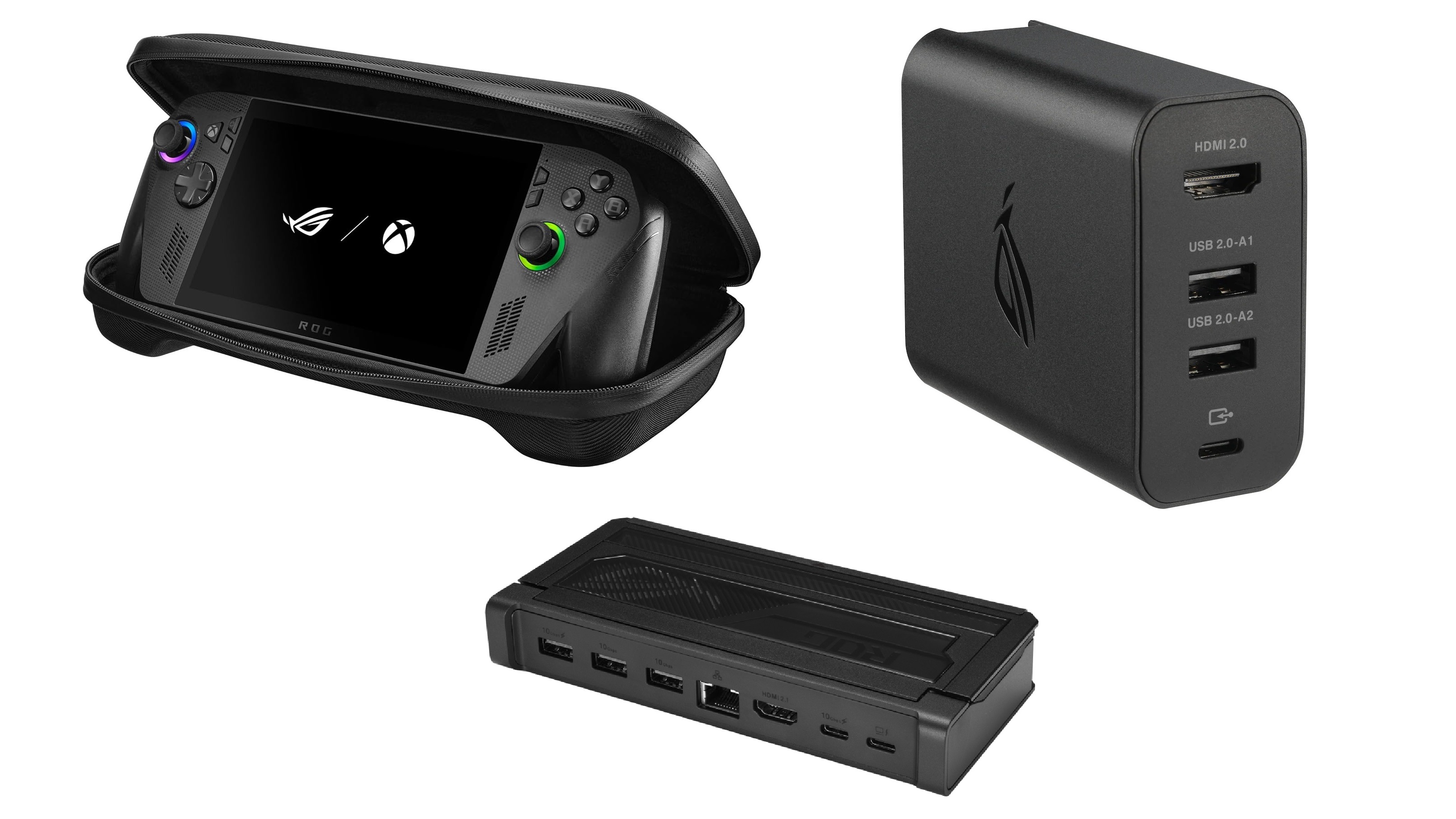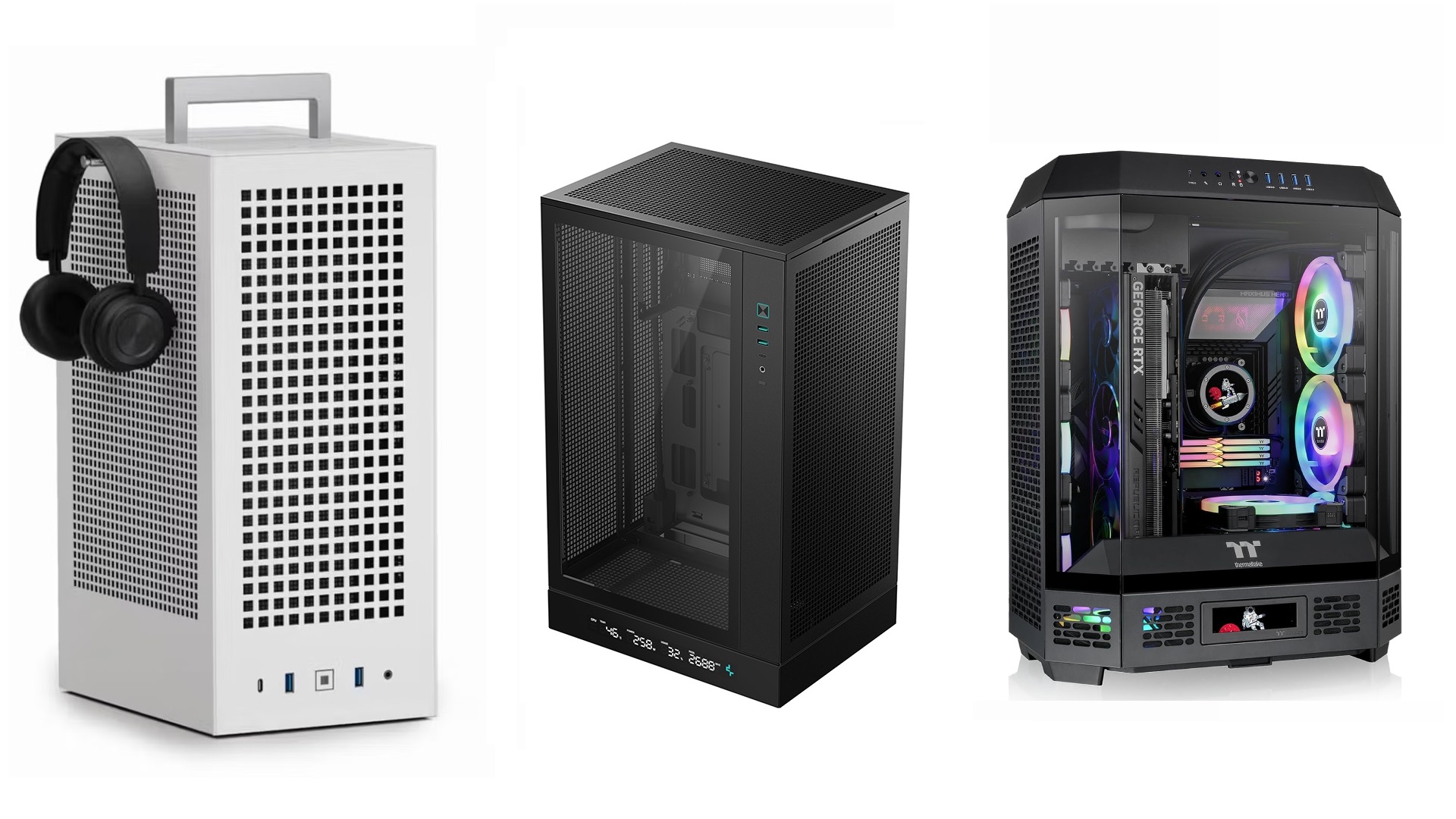Why are most gaming laptops in 2025 still limited to 4GB or 6GB of VRAM? Discover the real-world impact and why buyers deserve more.
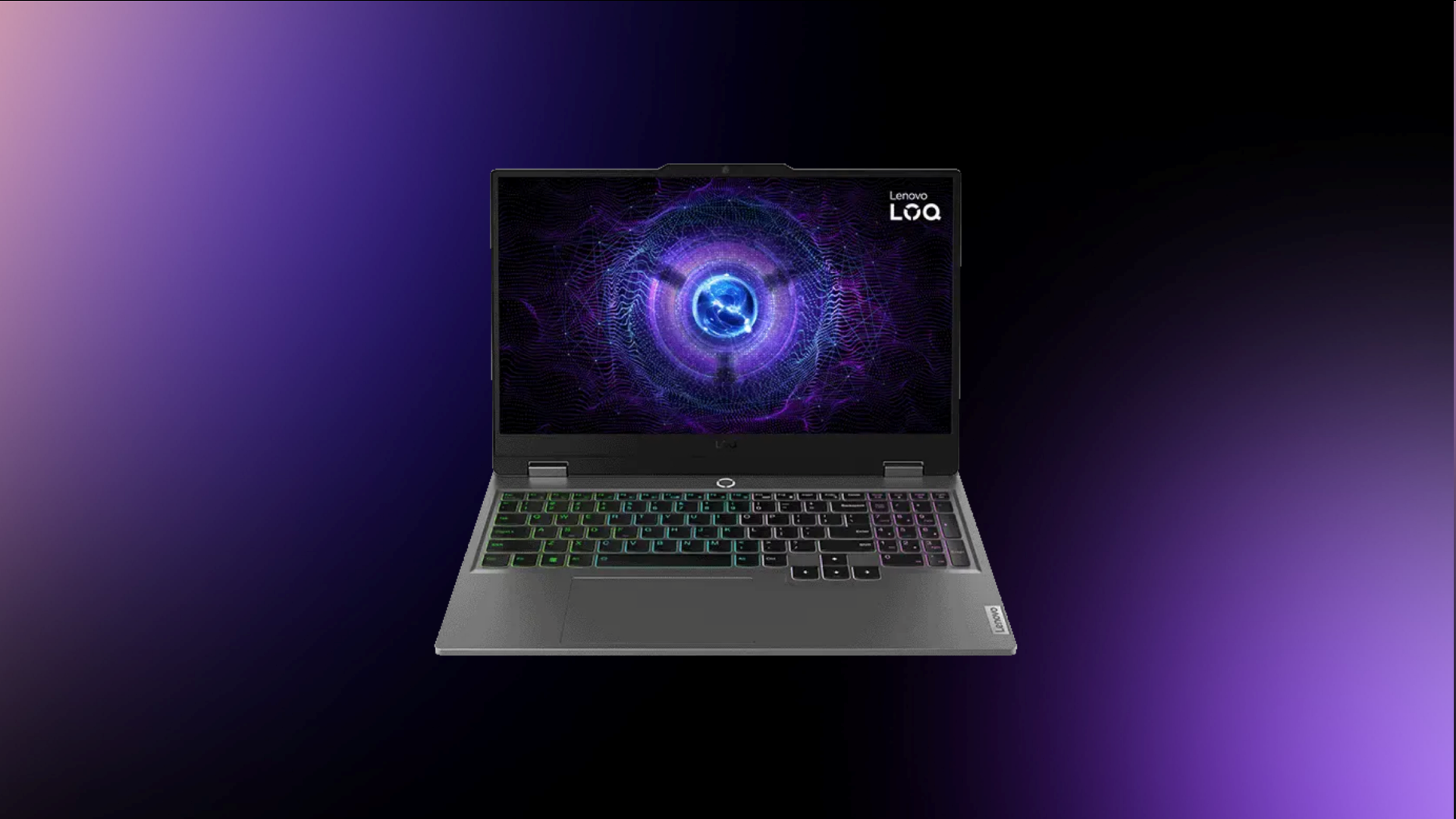
The PC industry has seen massive advancements in gaming hardware and software technology. Unfortunately, when discussing laptops, manufacturers often overlook the fact that these are also PCs, albeit portable ones, which can still be powered and used just like traditional PCs.
Looking at gaming laptops in 2025, we can see that these came with 4GB to 8GB of VRAM, with higher variants also available, priced comparable to used cars. This is particularly frustrating for buyers, as they are left with few options among numerous choices that offer little value. This article breaks down the following issues:
- The current state of VRAM in budget and mid-range laptops
- How modern games use VRAM
- Why vendors deliberately restrict memory
- The impact this has on real-world gameplay
- What competition looks like (or doesn’t)
- What buyers can expect moving forward
The Current State of Laptop VRAM in 2025
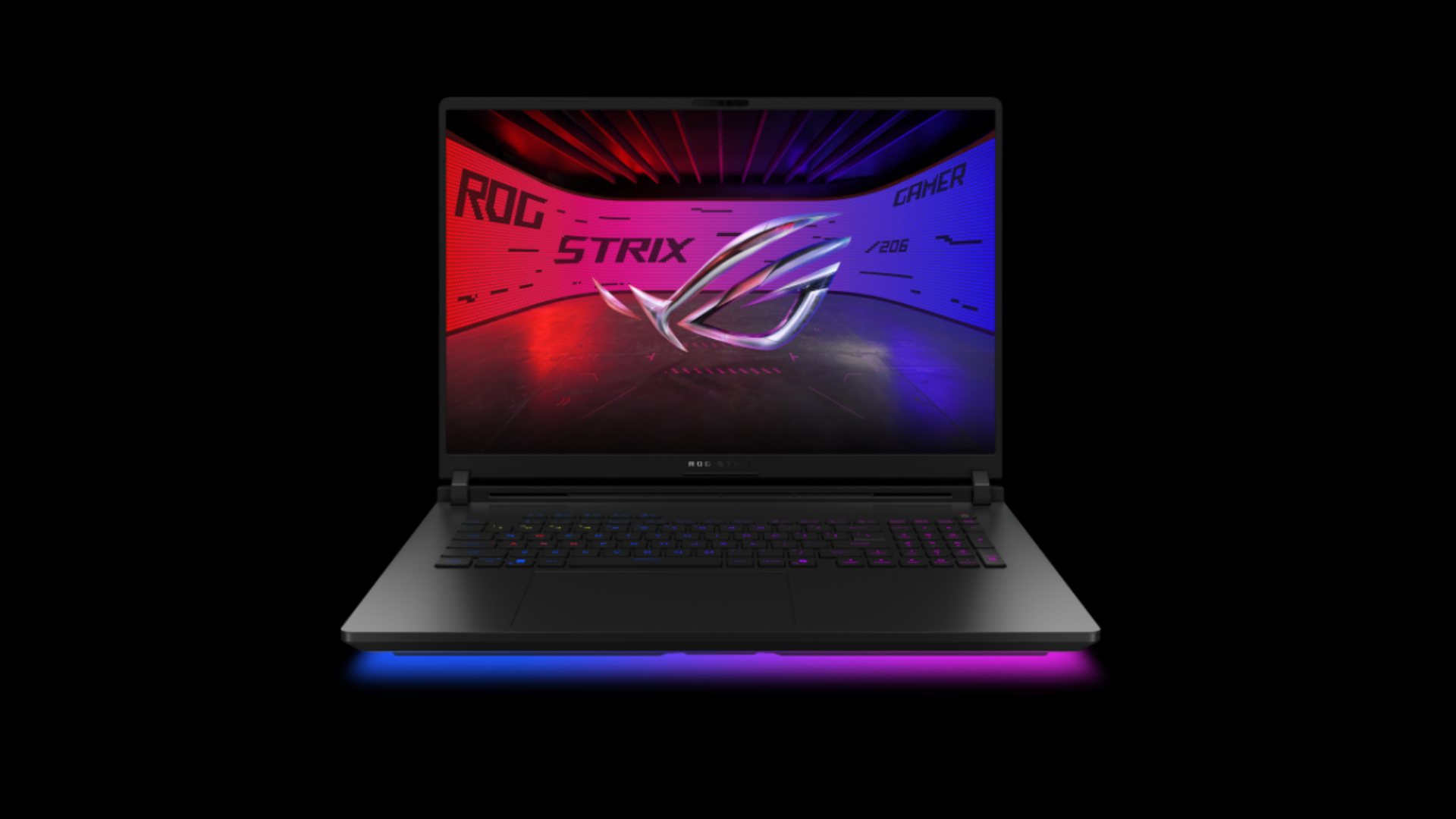
It is pretty standard for any budget laptop to carry a price tag of $800 and offer an RTX 2050 with 4GB VRAM in 2025. This is an ongoing trend, with an RTX 2050, which is not Turing but rather a toned-down version of the 3050 (both on Ampere architecture). In short, these should be avoided at any cost.
Sadly enough, some retailers won’t even tell you how much VRAM a 3050 packs, as there are multiple iterations, including the 6GB model (which is an entirely different GPU, with more cores and lower VRAM bandwidth) than the 4GB model. Ampere came out 4 years ago. And still it’s sold as brand new. If you get a laptop with a 3050 or 2050 4GB, you will be limited by VRAM. If gaming is your concern, look for a budget laptop with at least an RTX 4050 as a bare minimum.
Here is a quick recap of what’s happening.
Budget Laptops
- RTX 3050 laptops still ship with 4GB of VRAM, which limits even basic AAA gaming.
- RTX 4050 laptops offer 6GB VRAM, a step up, but still not enough for smooth performance with high textures or ray tracing.
Mid-Range Laptops
- Most mainstream gaming laptops come with 8GB of VRAM by default.
- While faster memory types, such as GDDR7, are now common, the capacity itself hasn’t improved.
RTX 50-Series Mobile GPUs
- RTX 5060 features 8GB GDDR7, despite having more cores and faster memory bandwidth.
- The RTX 5070 marks the fifth generation of 70-series mobile GPUs, which are still limited to 8GB, despite supporting a 128-bit bus and a memory architecture that could handle more.
- Only the RTX 5070 Ti and above are expected to feature higher capacities, such as 12 GB, and will likely be overpriced.
How Much VRAM Do You Really Need in 2025?

If you are unaware of the current game optimization trend, none of the games will run properly at 4GB VRAM, except for a few countable esports titles or even older games. That said, here is a table that represents how games have evolved and how their memory requirements have changed.
Note: These results are gathered from publicly available data.
| Resolution & Features | Average VRAM Usage |
| 1080p (High Textures) | 10GB |
| 1080p + Ray Tracing | 12GB |
| 1440p (Ultra + RT + FSR/DLSS) | 12–16GB |
Running games like The Last of Us Part II, Horizon Zero Dawn Remastered, and GTA V, ray tracing frequently exceeds 8GB of usage, even at 1080p. Inadequate VRAM or 4GB VRAM will cause:
- Texture pop-in
- Frame stuttering
- Reduced GPU utilization
- Lower average frame rates
- RAM Spillover
- Pagefile issues, among others.
Why VRAM Is Still Being Limited
There is no simple answer here, and vendors rarely disclose the actual numbers behind memory allocation decisions. But one thing is obvious: they don’t want to give you more VRAM. Despite falling memory prices and technical feasibility, manufacturers deliberately held back. Why? AI dominates their roadmap — Gaming is no longer the top priority. High-yield AI, workstation, and data center chips get the best silicon.
- Gamers get what’s left — Lower-binned dies and limited VRAM become the “gaming” SKUs.
- Leftover logic — You’re often buying what’s left over after enterprise needs are met.
Ultimately, there’s nothing gamers can do besides refusing to buy under-specced laptops and letting them sit on retail shelves.
Real-World Gaming Impact
Here are a few real-world use cases that are currently happening with this poorly specced hardware configuration. They quickly become outdated, with some users comparing them to console-level performance.
4GB and 6GB VRAM Laptops (RTX 3050/4050)
- Can barely run modern AAA games at low settings at + 30 fps.
- Titles such as Doom: The Dark Ages are unplayable on systems with 4GB of VRAM.
- Most other games require manual tuning of settings to stay within VRAM limits.
8GB VRAM Laptop (RTX 4060/4070)
- Often experience stuttering and texture loading issues on high or ultra settings.
- Ray tracing and frame generation increase memory load, resulting in performance issues such as microstutters, jitters, and other problems.
- Users are often forced to turn down settings not because the GPU is weak, but because the VRAM is.
Limited Competition Means Limited Options
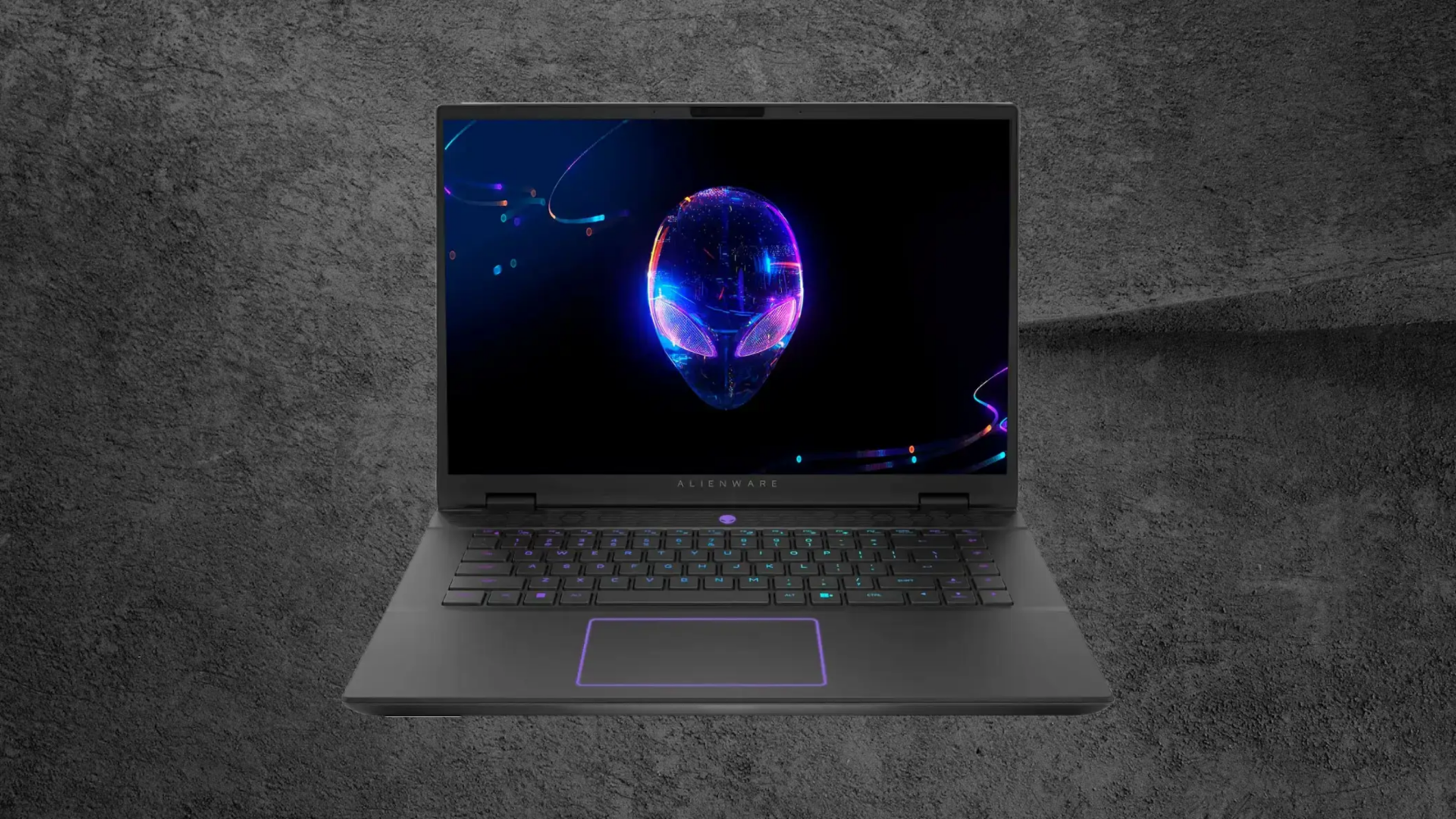
As unfortunate as it may seem, Nvidia is the only player in this game. Most gaming laptops ship with GeForce GPUs, but AMD provides only a handful, and exclusives such as the AMD Advantage ones are rarely available in stock.
AMD’s Position
- Offers competitive specifications but has a minimal presence in the gaming laptop space.
- Strix Halo APUs are a unique option, offering up to 96GB of shared memory, but are only available in select devices and are not ideal for high-end gaming.
Lastly, Intel, there are apparently no dedicated Intel mobile GPUs in laptops, despite the promising Battlemage architecture, and still no word from Intel regarding laptop d-GPUs.
What Could Improve VRAM in the Future?
With GDDR7 memory now available, at least gamers have some hope. Being optimistic, hopefully vendors can now pair 128-bit memory interfaces with 3GB modules, allowing for 12GB VRAM with ease. That said, Intel’s Panther Lake is set to launch and may bring better iGPU performance, along with better memory flexibility. Also, AMD’s Strix Halo and potential Battlemage laptop cards could disrupt the current business model.
However, the only real competition is between brands, and consumers who refuse to buy under-specced laptops can disrupt this business practice. Vendors are essentially businesses; they do not operate on a basis of generosity.
Final Thoughts
If you really need a laptop for gaming specifically, get something that offers at least 8GB of VRAM; it’s still outdated, but at least you can adjust the settings and play games. Just don’t fall for the marketing hype around “AI PCs” or Copilot-enabled laptops. These often come with subpar GPUs and memory specs at premium prices. At that cost, you could easily find a proper gaming laptop with 12GB VRAM. Until manufacturers feel real competition or consumer pushback, they have no reason to stop cutting corners. You’re not being picky—you’re avoiding a scam.
We provide the latest news and “How To’s” for Tech content. Meanwhile, you can check out the following articles related to PC GPUs, CPU and GPU comparisons, mobile phones, and more:
- 5 Best Air Coolers for CPUs in 2025
- ASUS TUF Gaming F16 Release Date, Specifications, Price, and More
- iPhone 16e vs iPhone SE (3rd Gen): Which One To Buy in 2025?
- Powerbeats Pro 2 vs AirPods Pro 2: Which One To Get in 2025
- RTX 5070 Ti vs. RTX 4070 Super: Specs, Price and More Compared
- Windows 11: How To Disable Lock Screen Widgets
 Reddit
Reddit
 Email
Email
